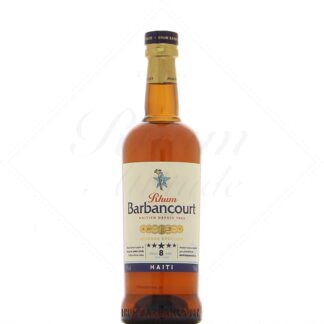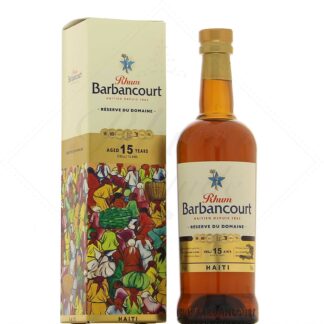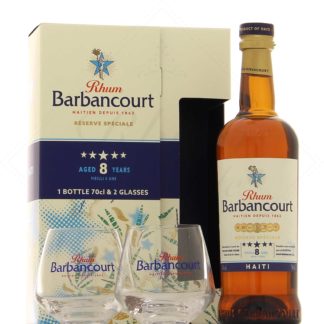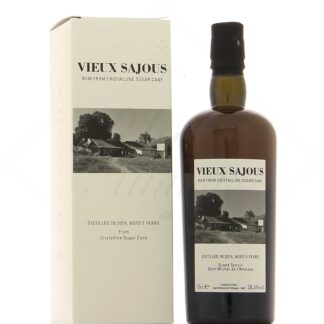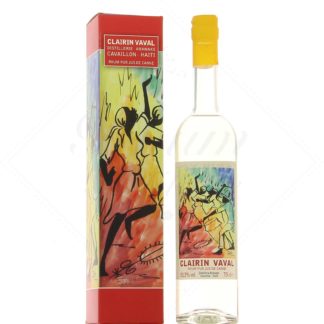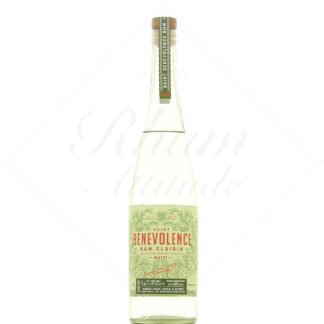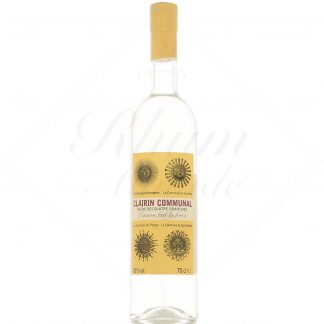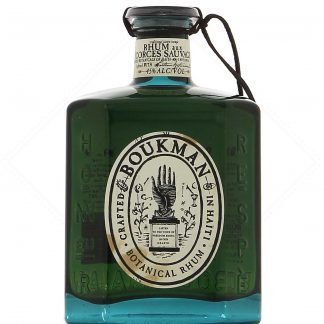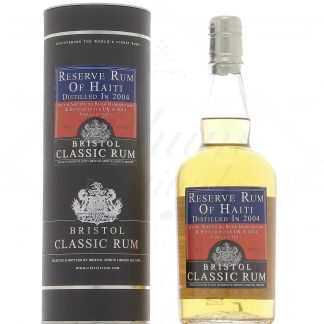Haiti
Haiti is a country in the Greater Antilles. Its territory represents a third of the western part of the island, formerly known as Hispaniola, the other part being the Dominican Republic. Haiti has a tropical climate, with long rainy seasons. This climate is ideal for growing sugar cane.
The history of Haitian rum
Tafia from the island of Hispaniola
Shortly after Christopher Columbus discovered the island ofHispaniola, the Spaniards imported sugar cane and their distillation methods. It was here that the first tafias or guildives were produced, primarily for slaves. Saint Domingue (the French colony that became Haiti in 1804) subsequently became a leader in cane sugar production (40% of Caribbean sugar in the 18th century), even competing with Jamaica. The French part of Hispaniola had over 180 distilleries at the time.
From guildive to rum
Santo Domingo was also a major supplier of molasses to its neighbors, notably the United States, which imported it for local distillation. The Americans had little taste for tafia or guildive, the ancestors of rum, which they considered too rustic, so they stuck to importing molasses to process themselves. But France realized that it would benefit from exporting higher value-added products, and set about developing more sophisticated eaux-de-vie to appeal to the very broad North American public. This led to the transition from tafia to rum, inspired by what was being done in English colonies such as Barbados, but also by the gradual introduction of pure cane juice distillation, the first steps towards what would become the French agricultural style.
Santo Domingo becomes Haiti
Haiti 's independence in 1804 was a terrible blow to the whole country, which paid a heavy price for this affront. In the crucial field of sugar, there was a boycott that benefited other colonies, both French and English. Industrial production of Haitian rum also collapsed, but small-scale producers of the local cane brandy called Clairin (Kleren), continued to distill, perpetuating a tradition that has survived to the present day.
Barbancourt, a new era
In 1862, the Barbancourt family family founded the distillery of the same name. Originally from the Charente region of France, the distillery was inspired by Cognac production methods. They soon began distilling top-quality agricultural rum, becoming a benchmark that would inspire many other initiatives in its wake. As a result, Haitian rum regained international renown and resumed intensive industrial production. By 1970, Haiti had as many as 30 agricultural rum distilleries. Competition took its toll, and today Barbancourt remains the country's only industrial-scale distillery. It replaced its still with a column in 1990 and now distills pure juice and cane syrup.
Rum from Haiti
Barbancourt rum
The distillery Barbancourt is located on the "cul-de-sac" plain near Port au Prince. It has a large expanse of sugarcane fields which cover 20% of its needs, and also obtains its supplies from small growers. It processes both pure cane juice and syrup (cooked and concentrated cane juice), enabling it to distill all year round. Fermentation, which lasts three days, is relatively long compared with neighboring islands (except Jamaica, of course). Distillation is by column, with one copper column and one steel column.
Aging is particularly interesting at Barbancourt, because in addition to the distillation method, the founding family, who were originally from Charente, also imported their know-how in terms of ageing. The rum is aged in Limousin oak barrels and foudres, with a comprehensive range of barrels featuring different grains and wood toast. The barrels were also made by the famous cooper Seguin Moreau.
Old vintages are highly prized by connoisseurs and collectors, and today the range extends from whites to 15-year-olds and 8-year-old 5-stars.
The clairins
In addition to the large Barbancourt distillery, Haiti today has more than 500 small Clairin producers. This close relative of the tafia or the guildive which disappeared during the 18th century is a testimony to the artisanal production of the original rum. There are many small planters and almost as many varieties of cane. It is cultivated naturally , in polyculture (it sits alongside fruit trees and other plants on the same plot), weeding is manual, as is cutting. It is transported to the distillery on mule or ox backs, then once pressed, its juice is left to ferment spontaneously, without added yeast. A Clairin is produced from small stills with a strength of around 50°; it is bottled as is, without reduction.
There are a handful of slightly more industrial and modern facilities, but most of the Clairin is produced by small producers such as Michel Sajous, Fritz Vaval and Faubert Casimir. Usually Clairins are rarely bottled, as they are instead stored in vats and destined for the local population, but since 2012, Luca Gargano of the Velier company has managed to send us a few bottles of these nectars. Read less
